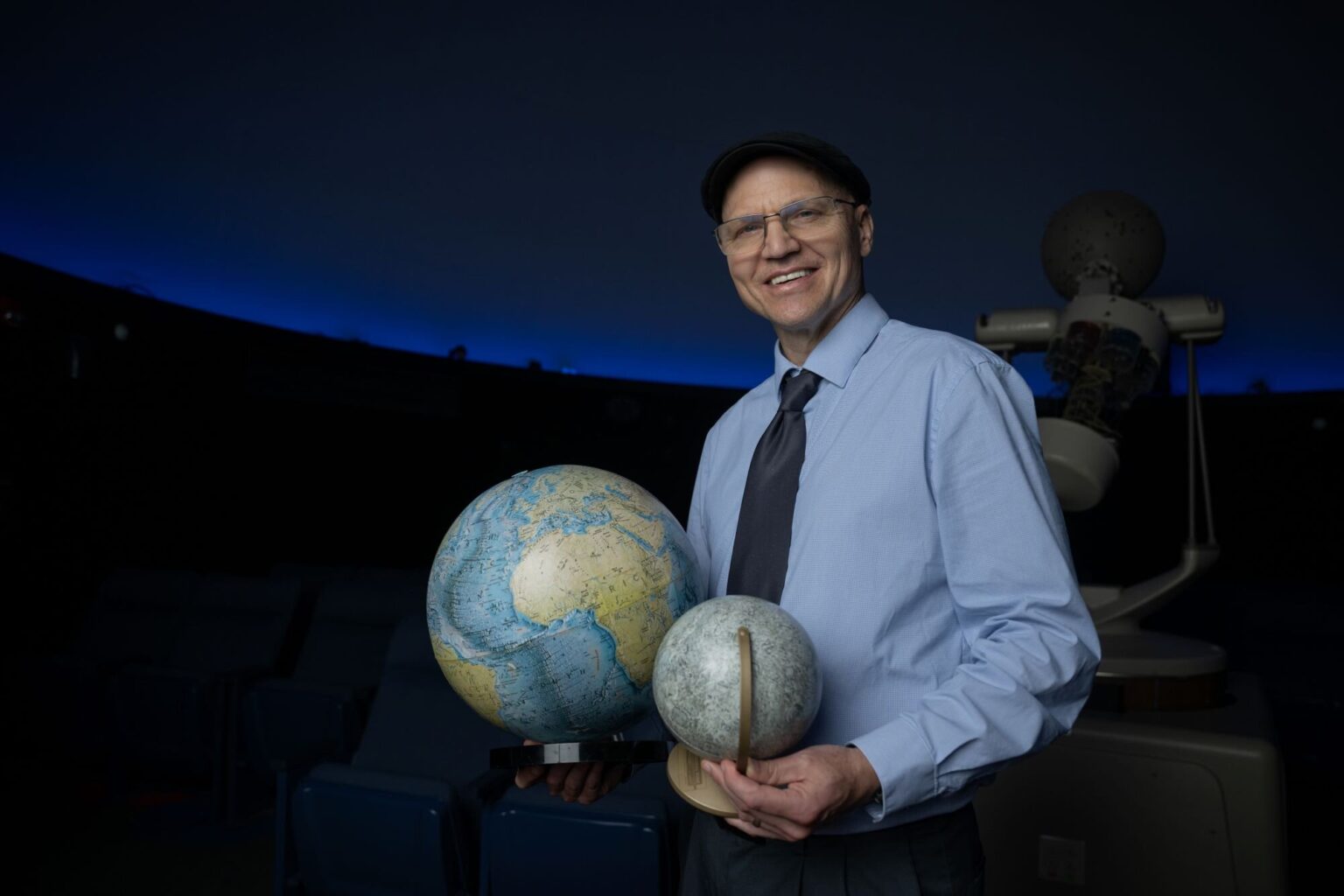The study suggests that the Moon may have been captured from space rather than formed from colliding particles. Or, at least, the scientists studying the isotopic composition of the rocks that make up its surface suggest that.

Moon formation theories
During six missions to the Moon, from 1969 to 1972, Apollo program astronauts collected more than 800 pounds of lunar rock and soil. Chemical and isotopic analysis of this material showed it to be similar to Earth’s rocks and soil: rich in calcium, basaltic and dated to about 60 million years after the formation of the Solar System.
Using this data, planetologists meeting at the Kona Conference in Hawaii in 1984 reached a consensus that the Moon formed from debris after a collision with the young Earth.
But according to two researchers from the University of Pennsylvania, the story may not be the true one about the Moon’s origin. A new study published in the Planetary Science Journal by Darren Williams, a professor of astronomy and astrophysics at Penn State Behrend, and Michael Zugger, a senior research engineer at the University of Pennsylvania’s Applied Research Laboratory, suggests another possibility: the Moon was captured during a close encounter between the young Earth and Earth’s binary system — the Moon and another rocky object.
“The Kona Conference set the narrative for 40 years,” Williams said. But questions still remained. For example, the Moon, which is formed by the collision of planets when the debris gathers into a ring, is supposed to rotate above the planet’s equator. The Earth’s moon, on the other hand, rotates more in the ecliptic plane.
New formation theory being proposed by scientists
According to an alternative theory of binary exchange capture, the researchers said Earth’s gravity separated the binary system, trapping one of the objects — the Moon — and turning it into a moon orbiting in its current plane.
There is evidence that this happens elsewhere in the Solar System as well, Williams said, pointing to Triton, the largest of Neptune’s moons. The prevailing hypothesis in the field is that Triton was ejected into orbit from the Kuiper belt, where one out of every 10 objects is thought to be a binary.
Triton orbits Neptune in a retrograde orbit, moving in the opposite direction to the planet’s rotation. Its orbit is also significantly tilted at an angle of 67 degrees to Neptune’s equator. Williams and Zugger determined that Earth could have captured a satellite even larger than the Moon — an object the size of Mercury or even Mars — but the resulting orbit could have been unstable.
Moon’s orbital shape according to the new theory
The problem is that the “capture” orbit — the one the Moon travels in — originated as an elongated ellipse, not a circle. Over time, under the influence of extreme tides, the shape of the orbit changed.
“Today, the Earth tide is ahead of the moon,” Williams says. “High tide accelerates the orbit. It gives it a pulse, a little bit of boost. Over time, the moon drifts a bit farther away.”
The effect changes to the opposite if the Moon is closer to the Earth, as it would be immediately after capture. By calculating the configuration of tides, as well as the size and shape of the orbit, the researchers determined that the initial elliptical orbit of the Moon shrank over thousands of years. The orbit also became more circular, rounding its path until the Moon’s rotation locked into its orbit around the Earth, as it does today.
At that point, Williams said, tidal evolution probably changed to the opposite, and the moon began to gradually move away. According to him, every year the Moon moves away from the Earth by 3 centimeters. At its current distance from the Earth of 384,000 kilometers, the Moon is significantly influenced by solar gravity.
Necessity of further improvement of the theory
The scientists’ calculations show that, from a mathematical point of view, a satellite entrained in binary exchange could behave in the same way as the Moon. But they are not sure that this is how the Moon formed.
“No one knows how the moon was formed,” Williams said. “For the last four decades, we have had one possibility for how it got there. Now, we have two. This opens a treasure trove of new questions and opportunities for further study.”
According to phys.org


